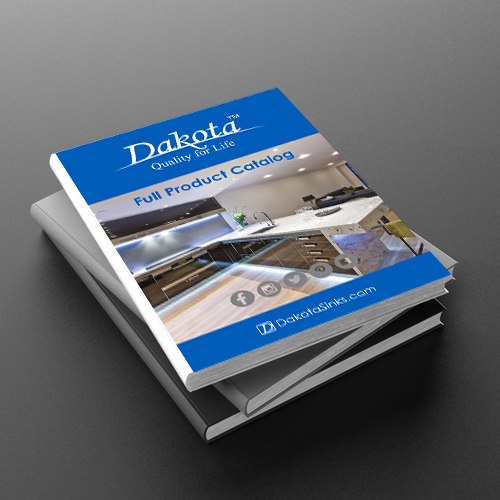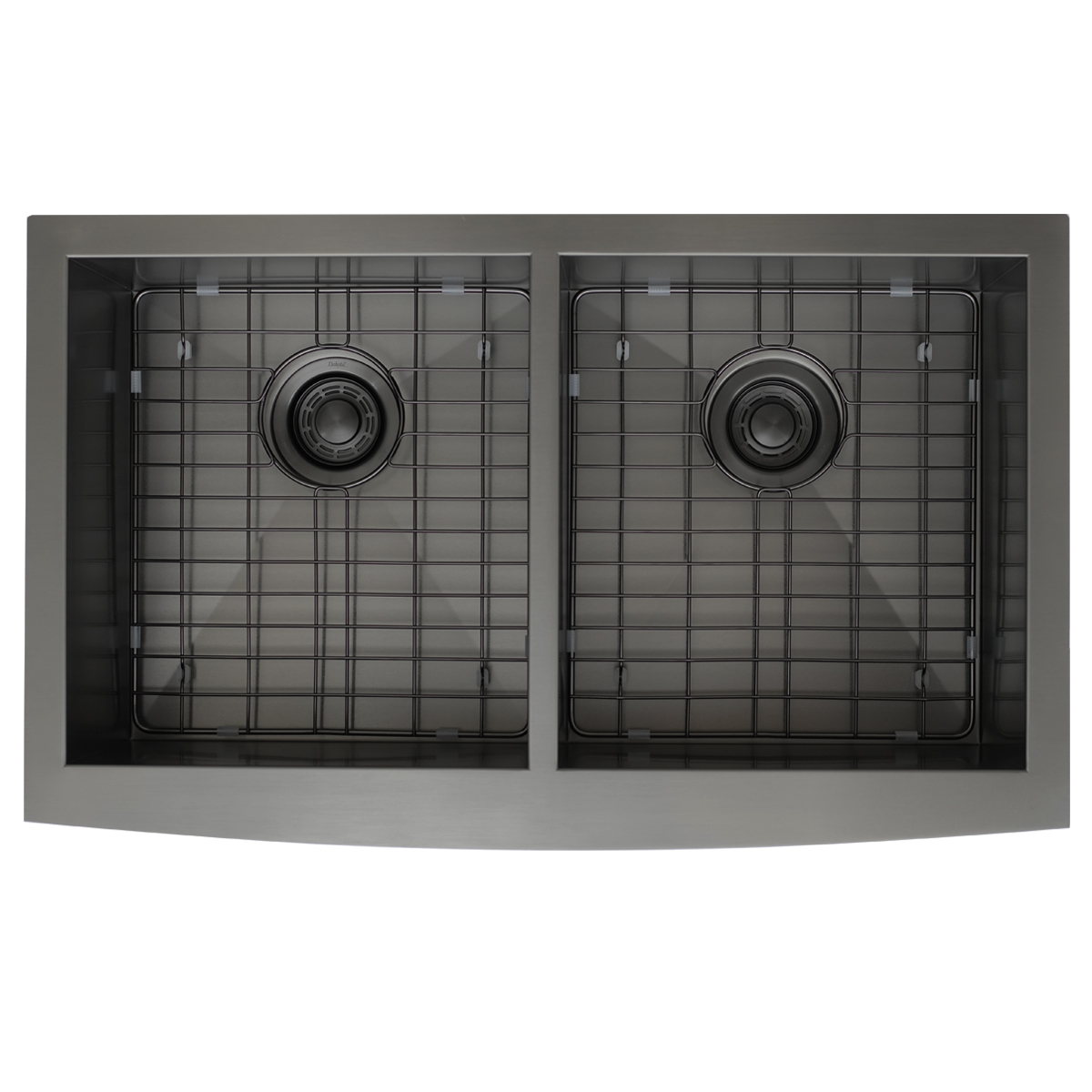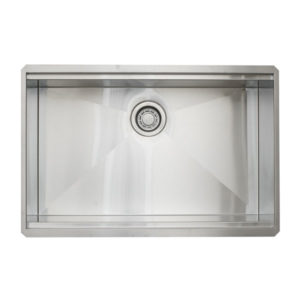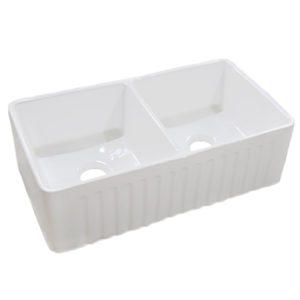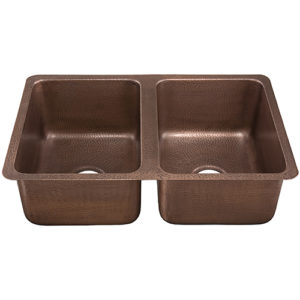Kitchen Sinks
Kitchen Sinks
Choose from a large selection of sink styles made from the industry leading materials like Stainless Steel, Quartz Composite, Hammered Copper, and Fireclay.
What to Look for in a Kitchen Sink:
The kitchen is one of the most significant rooms in your house because it serves as the heart of your home. The sink in your kitchen plays a vital role in your daily life, which is why you should take the time to browse, compare, and choose the best sink for you.Here are some general purchasing guidelines to assist you in selecting the ideal kitchen sink for your home.
Types of Kitchen Sinks:
Here are a few of the most common varieties of kitchen sinks to think about as you begin your search.
- Undermount Sinks -- These sinks are attached beneath the counter and allow the countertop to flow effortlessly into the sink. There are no crevices or ridges around the sink's rim where food and crud might get lodged, so wiping cleaning your surfaces is a breeze. In most cases, the counter must be trimmed to practically the precise size of the sink.
- Drop-In Sinks -- Drop-in sinks, often known as top-mount sinks, are the easiest to install. They're inserted into a hole in the countertop that has a minor variation in size.
- Farmhouse Sinks -- Apron front sinks are so named because the front of the sink replaces a portion of the cabinet. Large, deep basins are ideal for cleaning large pots, pans, and dishes.
How Many Basins Do You Want?
The number of basins in any sink, especially one in the kitchen, is an important factor. The three most popular options are listed below.
- Single Basin -- Sinks with a large, open surface area are often much deeper than sinks with double or triple basins.
- Double Basin -- Equal-sized basins (50/50 split) or one large and one tiny side (60/40 or 70/30 split) are available. Separate tasks by placing meal preparation on one side and dishes on the other, or by filling one side with water for soaking.
- Triple Basin -- Usually a lot bigger than a conventional sink. Install a garbage disposal in the smaller middle part to dispose of food without worrying about silverware or other tiny objects dropping in when doing the dishes.
Select Your Sink Material:
A wide range of materials are available for kitchen sinks. Each has its own set of advantages and disadvantages, and the optimum material for a sink is determined by your kitchen and overall lifestyle.Here are a few of the most common choices for you to consider.
- Stainless Steel — Our most popular style, as well as the most cost-effective. To avoid water spots, stainless sinks must be cleaned on a regular basis. Keep an eye on the sink gauge, which refers to the thickness of the stainless steel material. Standard gauges are 16 and 18 gauges, with 18 gauge being the thickest, and 20 gauge and above being the least expensive but prone to noise and flexing.
- Quartz Composites — Quartz is made up of crushed stone that has been formed with fibers for added strength. A nonporous surface keeps the sink sanitary and makes it more stain resistant. This tougher material is also scratch and chip resistant, and it comes in a number of colors.
- Cast Iron —Cast iron can withstand the strong heat of pans that have just come off the burner, and it adds a traditional touch to any kitchen. Because the enamel can scratch over time with heavy use, caution is advised.
- Fireclay — Fireclay is a highly durable substance that is fired at extremely high temperatures. It's sheen and polish give an enticing look, and it's most typically utilized in bigger farmhouse sinks.
- Copper — A natural antimicrobial substance that is 100 percent recyclable. The patina will change over time, creating a genuinely distinctive sink. Remember that copper sinks require more maintenance than other materials to maintain their beauty.
- Natural Stone — This material is manufactured by artisans by combining cement and jute fibers in a handcrafted technique. An novel, environmentally friendly, and heavy-duty substance that is surprisingly light for cement.

